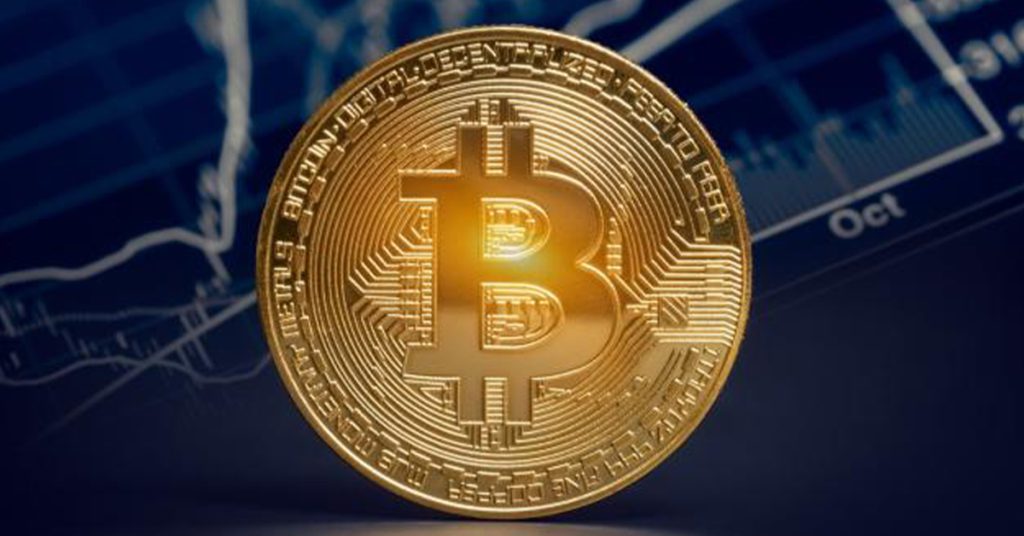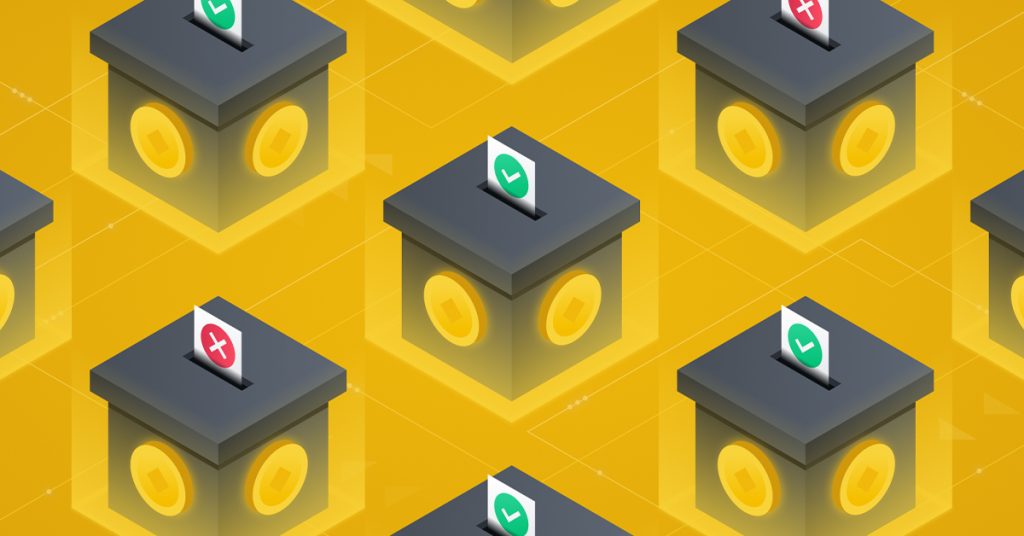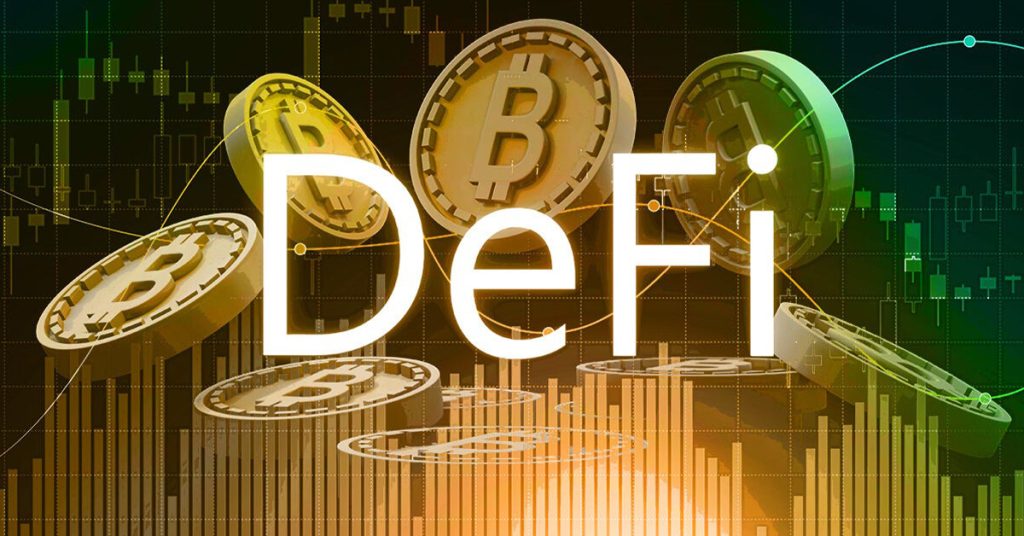The Digital Euro: A Flop in the Making?
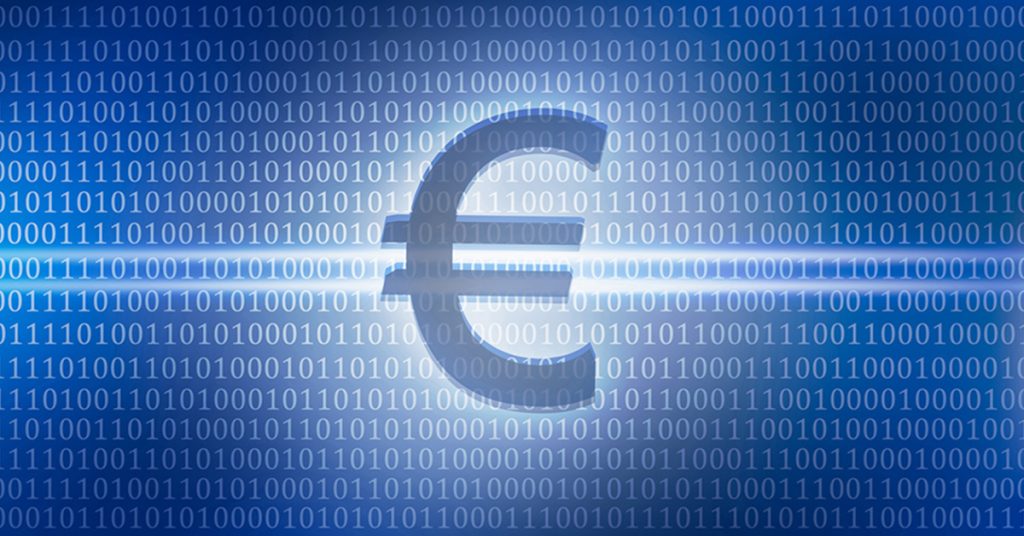
It is no secret that the digital euro is a steamroller of a project. Slowly but surely, citizens of the EU will have to get used to the idea that the European Central Bank (ECB) will come up with its own digital currency. Some 15 to 20 years later than Bitcoin, but hey, better late than never. What is the timeline, and what are the implications? Will the digital euro have a decent chance of becoming popular? Let’s dive in.
The idea of the upcoming digital euro is that EU citizens will get an account with the central bank. They can then use it to do their shopping, for example with an app on their phone. It’s digital cash, issued directly by the government.
The digital euro project has moved from the investigative phase to the preparation phase, which began on November 1, 2023. One of the outcomes of this investigation phase is that the digital euro would be distributed by supervised intermediaries, such as banks. So the EU central bank will still issue the coins. But banks want a slice of the business and will take care of apps and distribution.
What is the Difference Between Current Digital Money and the Digital Euro?
Even though on the surface your digital representations of bank deposits may look similar to a digital euro, they are not at a fundamental level.
The digital euro will be a digital form of cash issued by the European Central Bank. Just like they issue notes, they will issue digital cash.
A digital euro is different from for example the current euro deposits you hold in your bank account. The latter are IOUs from the bank to you. Whereas a central bank digital currency is the Central Bank’s liability. This may sound like a minor difference, but it has big implications. A central bank can’t go bust like a commercial bank can. Also, there will be direct insight from the government into your spending – unless we believe that privacy will be a lasting feature.
Second, the creation of any amount of digital euros (or any other Central Bank Digital Currency or CBDC) does not involve lending or borrowing. Currently, money for the public is for the most part created by commercial banks, by providing loans and mortgages. This type of money creation is debt creation – which by the way is why it disappears if it’s paid back. But a digital euro is like a banknote. Sure, you can lose it, but it can’t be taken back.
Thirdly, the digital euro could be issued and held through (centralized) blockchain technology. This is not what banks are currently using. The ECB hasn’t decided yet on the tech.
Benefits?
As you would expect, the promo video from the European Central Bank is kinda cringe.
But let’s not be too outright hostile and look at some potential benefits of a digital euro or a CBDC in general.
- People who do not have access to a bank account can access the world of online payments. In addition to a normal account, the ECB has proposed a kind of credit card provided by a public body such as a post office.
- The government can directly hand out money to people without needing banks or too many other intermediaries – think stimulus checks.
- Interoperability between nations will improve. Sending money to a friend in a distant EU country can currently be slow and expensive. A digital euro would make it easy and fast.
Reasons for Concern
There are many different stakeholders and interests at play in the digital euro project: citizens, private banks, central banks, and (geo)politics. Banks no doubt feel threatened by a new issuer of digital money. But let’s look at the digital euro from the citizen’s perspective.
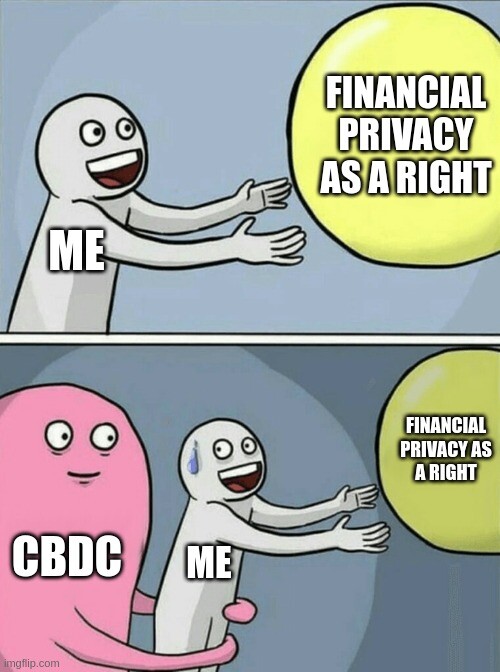
From the perspective of the citizens, these important considerations pop up:
- It’s doubtful if the digital euro could match the benefits of cash, especially in terms of privacy. Cash offers complete privacy, while a CBDC would be subject to central control and possibly conditional privacy. The neutrality of cash is in stark contrast with the programmable nature of the digital euro, which could lead to restrictions or exclusions based on certain criteria (‘you’ve extended your carbon spending for this month, no gasoline for you’).
- EU citizens won’t be able to save with a digital euro. This was confirmed in the spring of 2023. There will be a low cap on the amount of digital € one can possess (it’s not yet known how high the cap will be). This is clearly to protect commercial banks against digital bank runs. It would have been nice, a savings vehicle without counterparty risk at a commercial bank. Alas.
- Sure, as mentioned above, within-EU payments could become more frictionless. But a digital euro won’t be an efficient way to pay worldwide. A digital euro will not be a global, borderless currency like Bitcoin or stablecoins, but rather a kind of ‘intranet’ that relies on interoperability between different currency domains.
- It won’t reform the financial system: the problematic nature of our current financial system, with unhinged debt creation, won’t be altered by the digital euro, or another CBDC for that matter.
Adding up the concerns and feeble advantages, we arrive at a digital euro that not only isn’t attractive to banks but neither to citizens.
Sure, a digital euro account could be a tab in one’s bank account used for some types of within EU payments, possibly. But it’s hard to imagine why the digital euro would be a breakthrough success.
Many voices within crypto have called the EU and other power blocks to focus instead on a safe, regulated stablecoin as a truly international monetary tool. This would keep access permissionless while still allowing governments to control the issuance of the money that backs the stablecoin.
What is the Roadmap for the Digital Euro?
- After concluding its 2-year investigation phase, the digital euro project entered its preparation phase on November 1, 2023, and this phase is expected to last for two years. During this phase, the ECB will finalize the digital euro rulebook, select providers for developing the digital euro platform and infrastructure, and conduct testing and experimentation.
- Potential Realisation Phase: after the two-year preparation phase, the ECB’s Governing Council will decide whether to move to the next stage of preparations. This stage would pave the way for the possible future issuance and rollout of a digital euro. This decision will be based on the outcomes and learnings from both the investigation and preparation phases.
Read more about the roadmap.
Is the Digital Euro ‘Bad for Bitcoin?’
Some BTC/crypto owners fear a digital euro. Indeed, centralization is to be feared and there are privacy concerns. But there are plenty of angles to not be worried.
Why? Because the contrast between what Bitcoin does and what Central Banks do could not be greater. It is true that a central bank might borrow some aspects of blockchain technology – but that does not mean that the fundamental properties of Bitcoin can be copied. These are a predictable issuance schedule and thus a maximum number of Bitcoins ever to be mined. Whereas a CBDC, like our current fiat money, can be issued to infinity. Second, of course, is the fact that Bitcoin and other crypto do not ask for permission: you do not need anyone’s permission to transfer money. It is an inclusive system rather than a (potentially) repressive system like the digital euro.
You could even make a case that the digital euro is good for Bitcoin and crypto adoption. Why? As it legitimizes yet another type of money. It makes the public realize that there are many types of money which opens the door to acceptance of Bitcoin.
Conclusion
The moment that EU citizens will be able to click a button in their app and pay with the digital euro, won’t arrive earlier than 2027 – possibly a few years later. By that time crypto user-friendliness will be considerably better. And the industry will, hopefully, be regulated in a fair way. Who then needs a digital euro or digital dollar? Stablecoins will do just fine. Still, we keep a close eye on what the European overlords come up with in the coming years.







